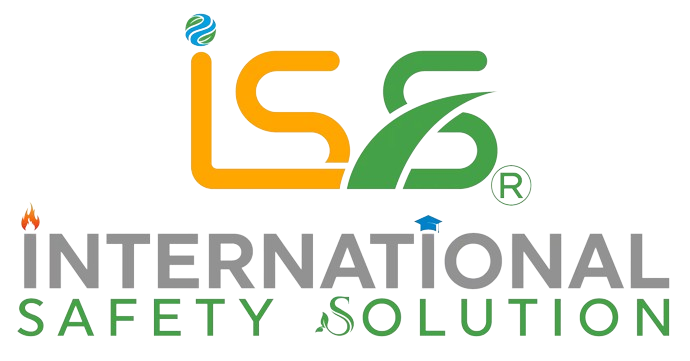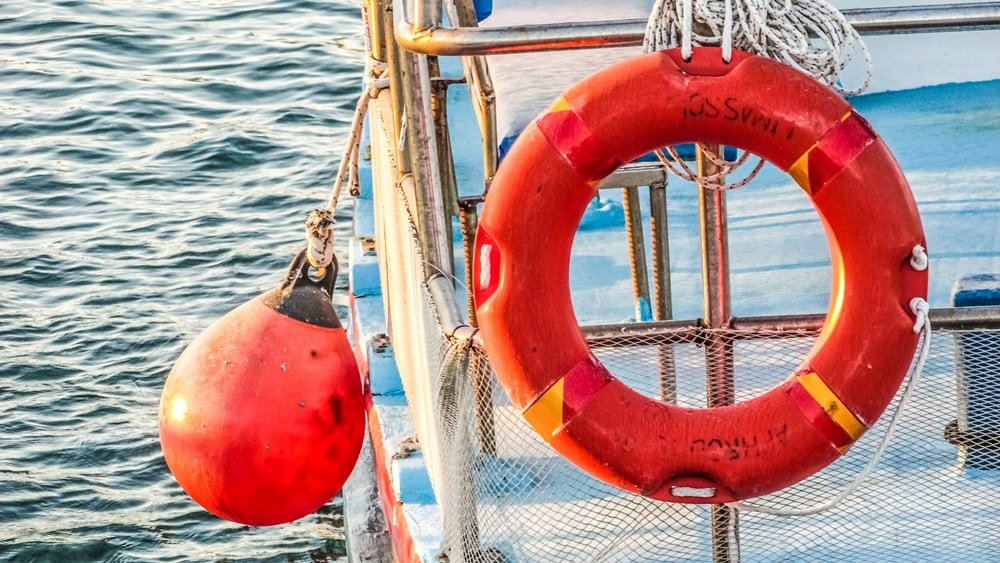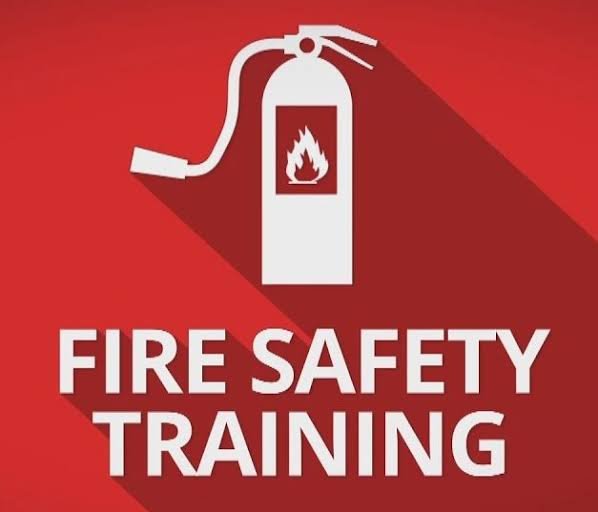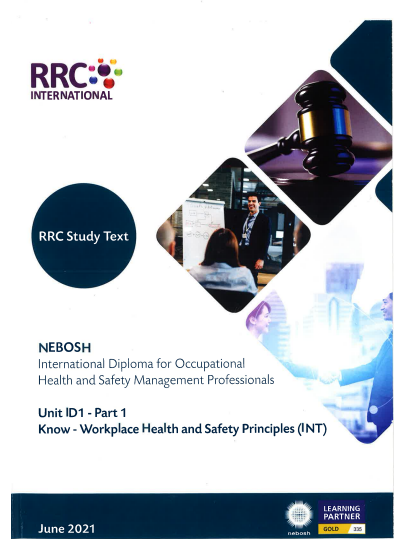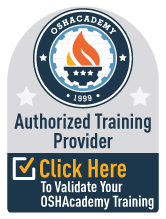Introduction
Water, while essential for life, can also pose significant risks, particularly when it comes to recreational activities and industrial operations. Every year, countless accidents occur on water bodies around the world, resulting in injuries, fatalities, and environmental damage. To address these challenges, the use of water safety equipment has become increasingly crucial. From personal flotation devices to advanced monitoring systems, these tools play a pivotal role in ensuring the safety of individuals and the environment. In this blog, we explore the benefits of water safety equipment and its significance as an international safety solution.
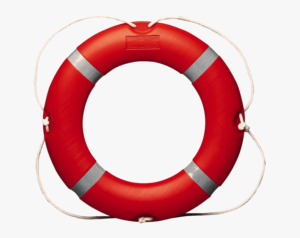
1. Personal Flotation Devices (PFDs): Perhaps the most recognizable piece of water safety equipment, PFDs are designed to keep individuals afloat in water. Whether it’s a life jacket, life vest, or buoyancy aid, these devices provide buoyancy and support, reducing the risk of drowning in emergencies. PFDs come in various types, including inherently buoyant, inflatable, and hybrid models, catering to different water activities and environments.
2. Emergency Communication Systems: In remote or hazardous water environments, quick communication can be a matter of life and death. Emergency communication systems such as satellite phones, distress beacons, and two-way radios enable individuals to call for help or alert authorities in case of emergencies. These systems facilitate prompt response and rescue operations, minimizing the consequences of accidents.
3. Rescue and Recovery Equipment: Water-related emergencies often require specialized equipment for effective rescue and recovery operations. This includes throw bags, rescue ropes, reach poles, and rescue buoys, which enable rescuers to reach and retrieve individuals in distress safely. Additionally, equipment like rescue boats, personal watercraft, and helicopter hoists are essential for conducting swift and efficient rescue missions, especially in large water bodies or adverse weather conditions.
4. Environmental Monitoring Devices: Beyond human safety, water safety equipment also encompasses tools for environmental monitoring and protection. Devices such as water quality sensors, oil spill detection systems, and underwater drones help identify potential hazards and mitigate environmental risks. By monitoring parameters like water temperature, pH levels, and pollutant concentrations, these tools support efforts to maintain the ecological balance of aquatic ecosystems.
5. Training and Education Resources: Effective water safety goes hand in hand with knowledge and preparedness. Training programs, educational materials, and simulation tools play a crucial role in equipping individuals with the skills and awareness needed to prevent accidents and respond appropriately in emergencies. From basic swimming lessons to advanced rescue training, these resources empower people to make informed decisions and take proactive measures for their safety and the safety of others.
Benefits of Water Safety Equipment:
- Risk Mitigation: By providing individuals with the means to stay safe in water environments, safety equipment significantly reduces the likelihood of accidents and injuries.
- Enhanced Emergency Response: Quick access to communication systems and rescue equipment enables timely response to emergencies, improving the chances of successful outcomes.
- Environmental Protection: Monitoring devices contribute to the preservation of aquatic ecosystems by detecting and addressing environmental threats effectively.
- Empowerment Through Education: Training and education initiatives empower individuals to make safer choices and take proactive measures to prevent water-related incidents.

Conclusion
Water safety equipment plays a vital role in safeguarding lives, protecting the environment, and promoting responsible water recreation and industry practices. As the need for international safety solutions continues to grow, investing in the development, deployment, and accessibility of water safety equipment becomes increasingly imperative. By prioritizing safety measures and embracing technological advancements, we can create a safer and more sustainable future for water-based activities worldwide.
